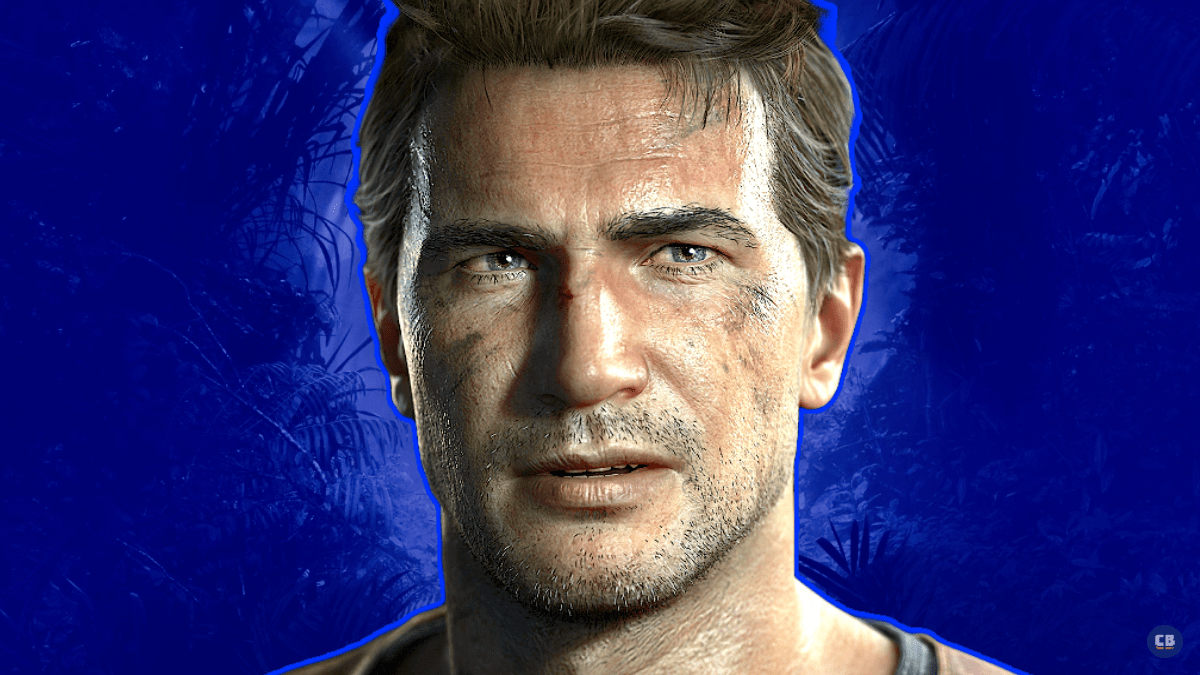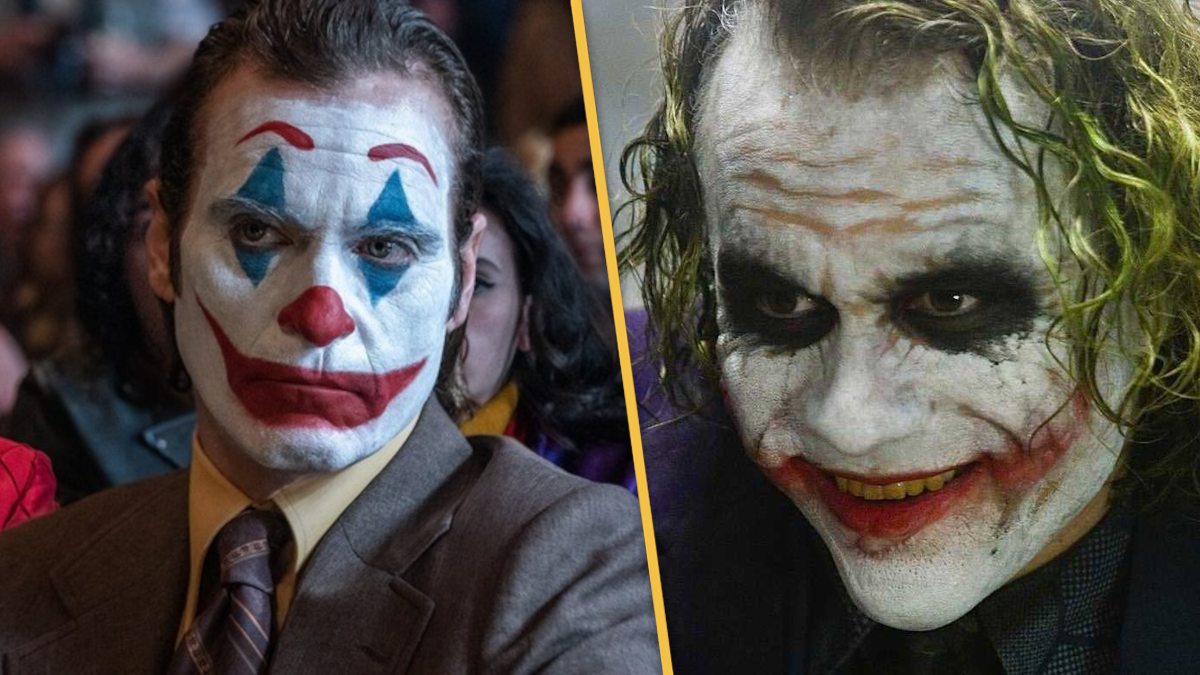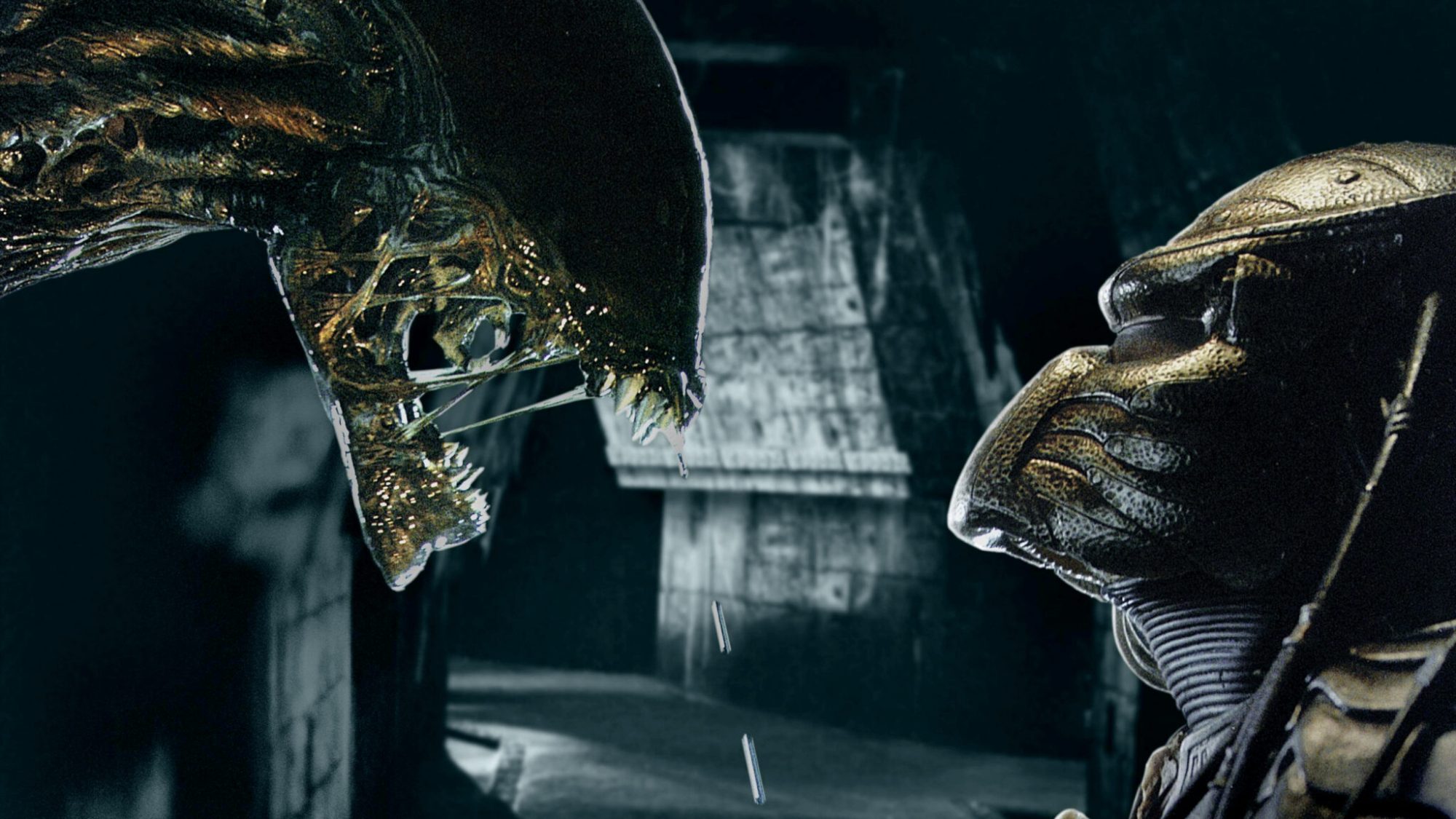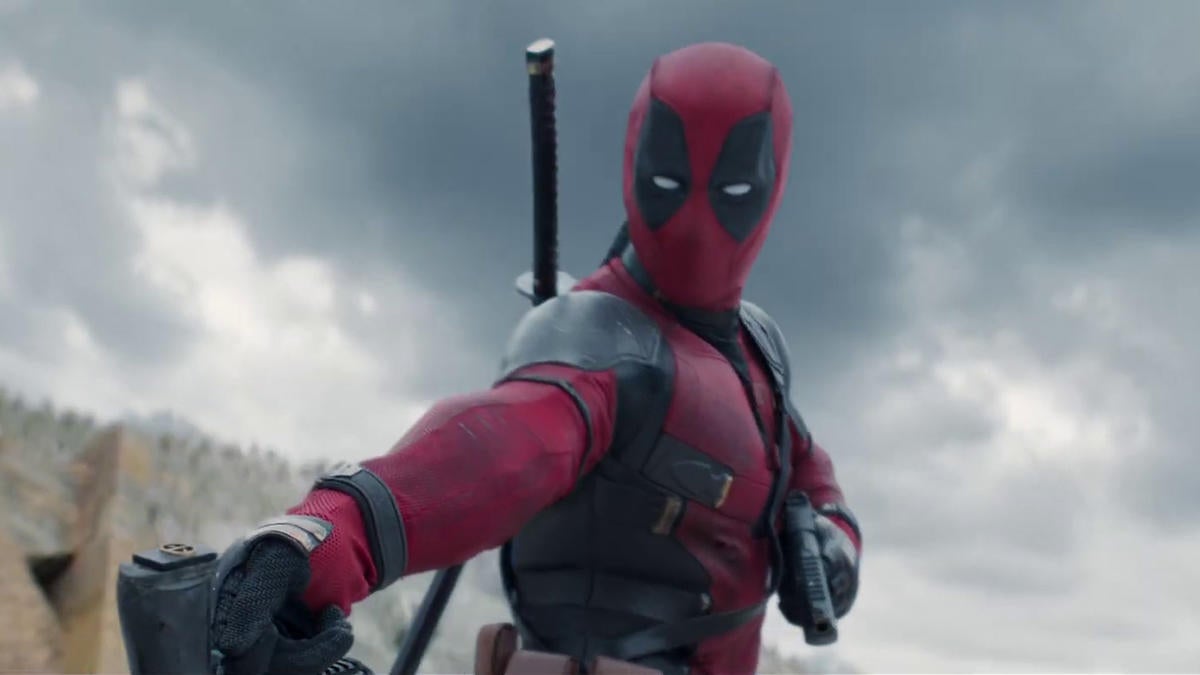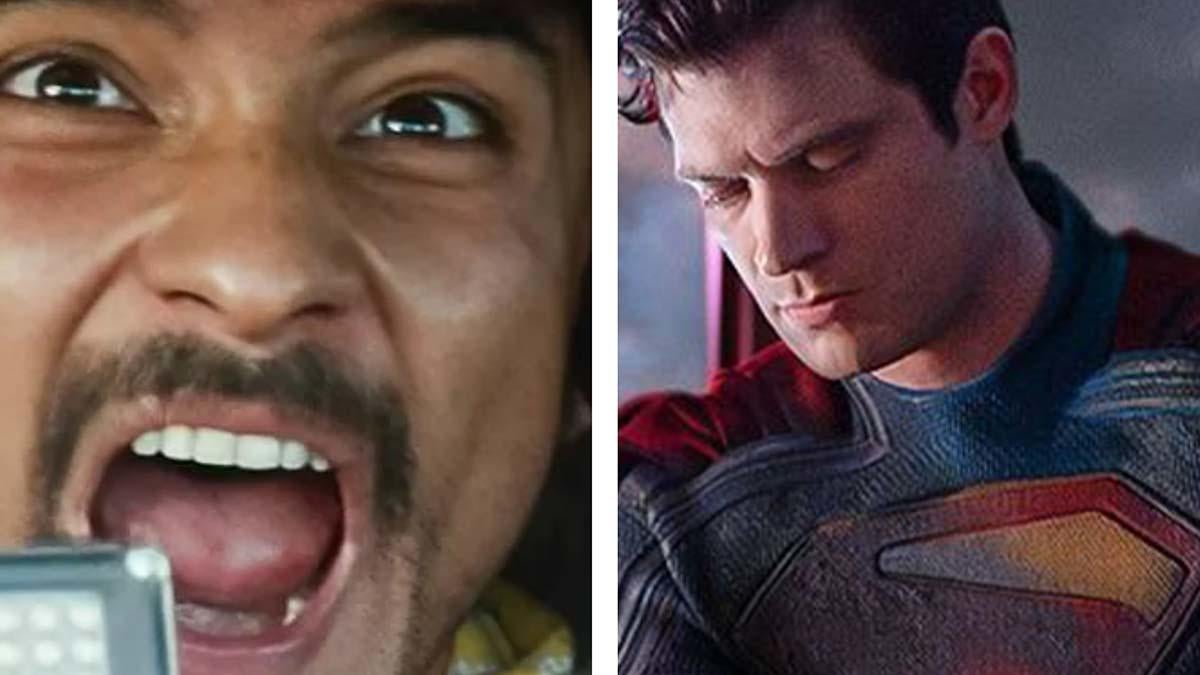The return to Middle-earth is drawing middling reviews. Warner Bros. on Monday lifted the review embargo for The Lord of the Rings: The War of the Rohirrim, the anime prequel film set 183 years before the events of Peter Jackson’s live-action Lord of the Rings trilogy — and it sounds like the adaptation based on J.R.R. Tolkien’s books isn’t the one anime to rule them all.
Videos by ComicBook.com
Executive produced by Jackson and based on Tolkien’s appendices to The Lord of the Rings, War of the Rohirrim debuted with a 62% fresh rating on reviews aggregator Rotten Tomatoes and 59% on Metacritic, indicating “mixed or average” reviews.
To compare, 2002’s The Lord of the Rings: The Two Towers is the franchise’s highest-rated installment with a 95% approval from critics, followed by 2003’s Return of the King at 94% and 2001’s The Fellowship of the Ring at 92%. The Lord of the Rings: The Rings of Power series is fresh at 84%, followed by 2013’s The Hobbit: The Desolation of Smaug at 74%.
War of the Rohirrim is just below the 2012 spinoff The Hobbit: An Unexpected Journey, the first of Jackson’s prequels, at 64%. The franchise’s lone rotten is 2014’s The Hobbit: The Battle of the Five Armies at 54%.

RELATED: A New Lord of the Rings Trilogy Could Be in the Works
“The distinctly anime-style feature should prove equally appealing to both diehard fans and newcomers,” writes The Hollywood Reporter‘s Frank Scheck, adding that “those not familiar with Tolkien minutiae will still be able to enjoy The War of the Rohirrim on its own visually grand, mythic storytelling terms, even if it does eventually seem overlong at 134 minutes.”
While considerably shorter than the epic-length Lord of the Rings trilogy — even the 178-minute and 179-minute runtimes of Fellowship and Two Towers were dwarfed by Return of the King at 201 minutes — the length is a criticism shared by Total Film critic Josh-Slater Williams, who described the “lethargically-paced story” as an “uninspired expansion” of LOTR lore. See more excerpts from critics’ reviews below:
Variety: “It may please the faithful, but it’s not quite epic enough to give less devoted viewers the same thrill they once felt from the live-action movies … War of the Rohirrim won’t revive [the franchise] alone (it’s hardly sufficient to justify a theatrical release), but does bridge the gap between The Hobbit and Jackson’s forthcoming The Hunt for Gollum. Here and there, fans will find a few connecting references that most people should have no trouble skipping over. It seems the lure of the ring is no longer what it once was.”
TheWrap: “[Director] Kenji Kamiyama seems to be working with fewer resources than many theatrical features, and saves the best material for the film’s key moments, like a climactic duel between the hero and villain. In fits and starts, the film looks good. For long stretches, it doesn’t. … Still, one has to admit that The War of the Rohirrim wears you down after a while. The experience is not unlike watching a community theater production of a Shakespeare tragedy. After you get used to the low production values and wonky performances, you can’t help but get a little swept up in it. By the time the climax rolls around you’re actually invested. Unfortunately, by the time the credits roll, they’ve already lost you again.”
IndieWire: “Regrettable as it is that The Lord of the Rings: The War of the Rohirrim is a paper-thin prequel that stretches a single page of Tolkien’s appendices into a 134-minute story of how the fortress of Helm’s Deep got its name (spoiler alert: it was named after a guy named Helm), I suppose we should be grateful that this limp and cheap-looking epic is bad in a few different ways than we’ve come to expect? At least it aspires to mine a fresh experience from the all too familiar tedium of watching Hollywood pick a franchise dry, even if it ultimately falls well short of that goal.”
Slant Magazine: “A visually striking, self-contained adventure bringing a new perspective to one of the linchpin tales contained in the Appendices to J.R.R. Tolkien’s Lord of the Rings novels, combining cutting-edge Japanese animation with the audiovisual language established by Jackson’s original trilogy of films … There’s a lot of Miyazaki Hayao’s Nausicaa in the film’s visual language.”
Inverse: “Kamiyama very much forges his own path here and doesn’t attempt to emulate Jackson’s style in anime form. Visually, the movie is very much its own thing, with some of the sequences evoking aspects of Hayao Miyazaki’s best films. Calling The War of the Rohirrim a mash-up of a Miyazaki-esque style with Middle-earth lore might not be entirely fair, but it also does help to describe the scope of the movie. Like a good Miyazaki film, The War of the Rohirrim feels big, even though it’s content with compact storytelling.”
The Independent: “It too visibly bears the wounds of its circumstances – it was fast-tracked by Warner Bros so that the studio could hold onto the film rights to Tolkien’s books and, presumably, fight back against Amazon’s competing Rings of Power series. While still primarily hand-drawn, CG animation was more heavily deployed in the planning of shots, and the creation of backgrounds, and the result feels more inconsistent than it does ambitious. Kamiyama does have a similar eye to Peter Jackson when it comes to finding the beautiful in the grotesque, so it’s not so hard to imagine how striking a Lord of the Rings anime could look if it weren’t so invested in the business of replication.”

What is The Lord of the Rings: The War of The Rohirrim About?
The Lord of the Rings: The War of the Rohirrim tells the fate of the House of Helm Hammerhand, the legendary King of Rohan. A sudden attack by Wulf, a clever and ruthless Dunlending lord seeking vengeance for the death of his father, forces Helm and his people to make a daring last stand in the ancient stronghold of the Hornburg — a mighty fortress that will later come to be known as Helm’s Deep. Finding herself in an increasingly desperate situation, Héra, the daughter of Helm, must summon the will to lead the resistance against a deadly enemy intent on their total destruction.
The original anime feature is narrated by Éowyn, Shieldmaiden of Rohan (Miranda Otto, reprising her role from the Jackson films) and features the voices of Gaia Wise (A Walk in the Woods) as Héra; Brian Cox (Succession) as Helm Hammerhand, the mighty King of Rohan; and Luke Pasqualino (Snowpiercer) as Wulf, who lead a cast that also includes Lorraine Ashbourne (Bridgerton), Yazdan Qafouri (I Came By), Benjamin Wainwright (The Sandman), Laurence Ubong Williams (Gateway), Shaun Dooley (The Witcher), Michael Wildman (Baby Reindeer), Jude Akuwudike (The Little Mermaid), Bilal Hasna (3 Body Problem), and Janine Duvitski (Doctor Who: The Seventh Doctor).
Kamiyama (Blade Runner: Black Lotus and Ghost in the Shell: Stand Alone Complex) directs from a script by Jeffrey Addiss (The Dark Crystal: Age of Resistance) & Will Matthews (Life in a Year) and Phoebe Gittins (The Sorrows) & Arty Papageorgiou. Jackson serves as executive producer alongside Fran Walsh (Mortal Engines), Sam Register (DC’s Creature Commandos), Carolyn Blackwood (His Dark Materials), and Toby Emmerich (The Hobbit trilogy).
The Lord of the Rings: The War of the Rohirrim is playing only in theaters Dec. 13.

